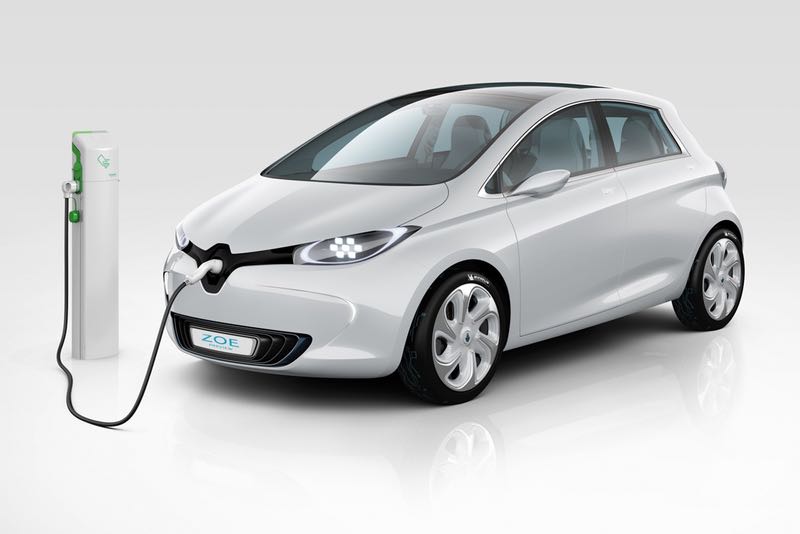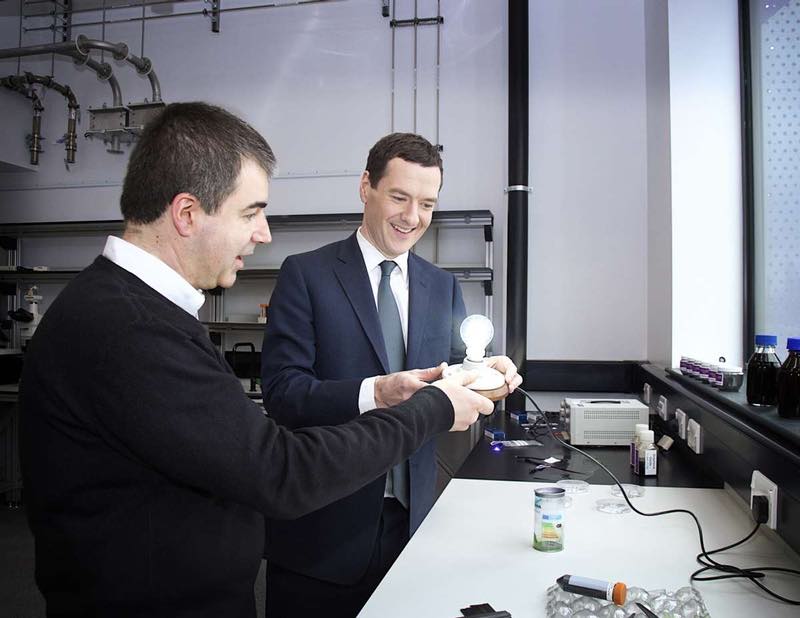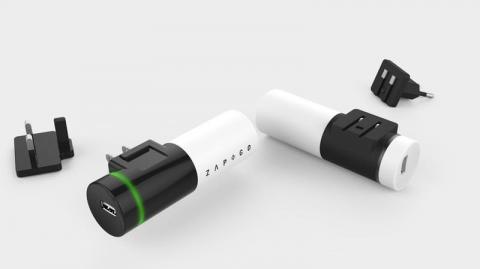What You Need To Know About Graphene Supercapacitors
Scientists and researchers are looking for ways to develop a Graphene supercapacitor. Their research could result to an improvement in the efficiency and capacity of supercapacitors and batteries. Future consumer products require energy storage systems to have bigger storage capabilities, Better endurance, And faster charge/discharge cycling.
A capacitor is an energy storage device that works like an electrochemical battery An average battery is inefficient compared to other energy solutions, Such as fossil fuels. They also have longer charging time. And those are just some of the reasons batteries can’t replace fossil fuels for industrial and commercial purposes.
Batteries With High Capacity Take A Long Time To Charge
That’s one reason electrical vehicles were not received well by the consumers. An electric car can go up to 250 miles on a single charge, And it takes more than a day to fully charge it using a standard wall outlet. On the other hand, Capacitors can be charged faster but store less energy.

Graphene Supercapacitor - Graphene car charging
Graphene Supercapacitor Breakthrough Will Change All That
A supercapacitor can take and hold hundreds of times the amount of charge as an average capacitor can. A Graphene supercapacitor can also work efficiently in low temperatures that have prevented other electrochemical batteries from working properly.
At present, There are various supercapacitors and ultracapacitors used in flashlights and emergency radios. They produce kinetic energy by winding a handle and store it in a supercapacitor.
At present, supercapacitors are expensive to make The scalability of supercapacitors has limited their use as manufacturers need to consider the cost efficiency over its total efficiency. The good news is that there is a Graphene supercapacitor breakthrough that can help reduce the costs of creating one.
Researchers From The UCLA
have published their study in which they managed to produce a Graphene supercapacitor with the use of a Light Scribe DVD burner. They sandwiched a layer of electrolyte between two Graphene sheets that were peeled with the use of the DVD burner. Then they connected the plates to an LED. They were surprised when the LED stayed on for a long period of time than to what the scientists first anticipated.

Graphene Supercapacitor - Graphenebulb
Properties Of Graphene Supercapacitor Review
Graphene is a porous material, And its high capacitance value comes from its high internal surface area. 5 grams of Graphene has an internal surface area that is equal to an entire football field.
The capacitance value of a Graphene supercapacitor is in direct proportion to its plate area, And inversely proportional to the distance between its plates. It utilises Graphene as its plates, And there’s an electrolyte between the plates.The graphene supercapacitor is lightweight due to its capacitance to weight ratio.
This allows researchers to create high capacity supercapacitors that are still portable. Aside from the capacitance to weight ratio, The supercapacitor has a high maximum energy density. When comparing Graphene supercapacitors vs lithium ion, Li-Ion batteries still have a higher energy density but it takes hours to charge a battery compared to a supercapacitor.

